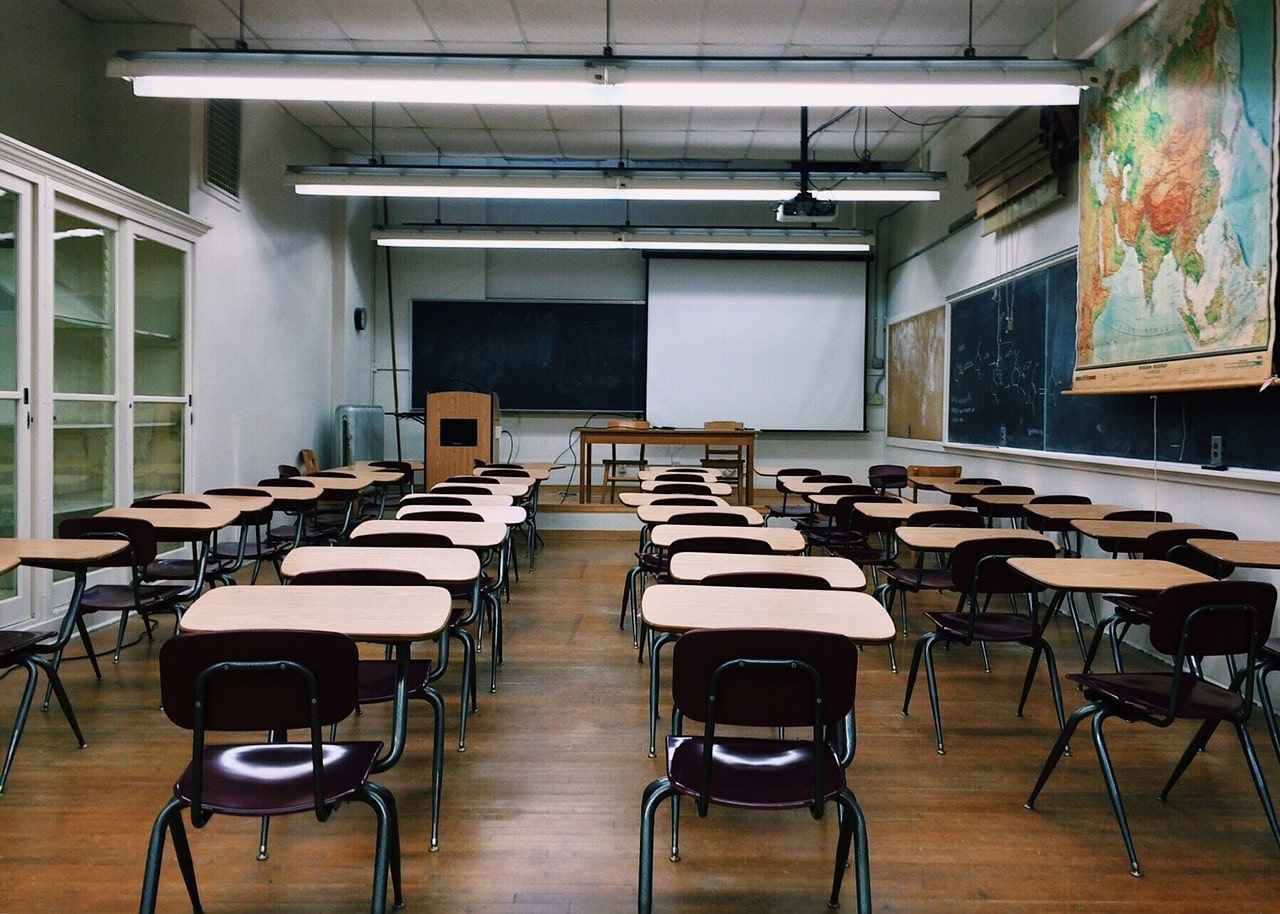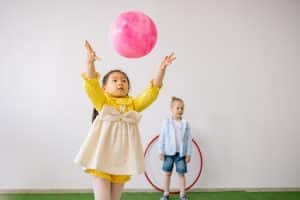The Hidden Benefits of Mixed-Age Education: What Research Shows
Education has always been viewed as a way to prepare young minds for the future, equipping them with knowledge, skills, and opportunities for success. As a result, classrooms have traditionally been organized by age, with students of the same age grouped together. However, a growing trend in education is mixed-age classrooms, where students of different ages are taught together. This approach has been gaining traction in recent years, with many schools and educators embracing the benefits of mixed-age education. But what does research say about this alternative form of education? In this article, we’ll explore the hidden benefits of mixed-age education, backed by research.
The Power of Peer Learning
In a mixed-age classroom, there is a natural opportunity for peer learning. Younger students can learn from their older peers, who act as role models and mentors. Similarly, older students can reinforce their own understanding of a subject by teaching it to younger students. Studies have shown that students who engage in peer learning not only perform better academically, but also develop social skills, empathy, and creativity. In mixed-age classrooms, these benefits are magnified as students form meaningful relationships with classmates of different ages.
Breaking Down Stereotypes
One of the most significant challenges in traditional classrooms is the prevalence of stereotypes. Students are often labeled and confined to certain expectations based on their age, which can limit their potential. In mixed-age classrooms, stereotypes are broken down as students interact with classmates of different ages and backgrounds. This fosters an inclusive and diverse learning environment where students are encouraged to challenge societal norms and think outside the box.
Increased Self-Esteem and Confidence
Mixed-age education can have a profound effect on a student’s self-esteem and confidence. In traditional classrooms, students are constantly compared to their peers, leading to a sense of competition and pressure to perform. In mixed-age classrooms, students are encouraged to focus on their individual progress and growth, rather than competing against others. This helps build a positive self-image and promotes a growth mindset, where students are more willing to take on challenges and learn from their mistakes.
Catering to Individual Needs
Each student is unique and has their own learning pace and style. In mixed-age classrooms, teachers have the flexibility to cater to individual needs, as students of different ages have varying abilities and learning styles. This promotes a personalized learning experience, where students can learn at their own pace, ask questions freely, and receive the attention they need. This tailored approach to education has been shown to improve academic performance and engagement in learning.
Preparation for the Real World
In the real world, we are constantly interacting with people of different ages and backgrounds. Mixed-age education provides a more accurate representation of the real world, preparing students for future social and professional interactions. It also cultivates important life skills such as empathy, communication, and cooperation, which are essential in today’s diverse and interconnected society.
Collaborative and Inclusive Learning
In mixed-age classrooms, students are encouraged to work together, regardless of their age. This promotes a collaborative and inclusive learning environment, where students learn from one another and value each other’s contributions. This type of learning fosters respect, teamwork, and understanding, which are crucial for success not only in education but also in the real world.
In conclusion, research shows that mixed-age education brings a multitude of hidden benefits for students. It promotes peer learning, breaks down stereotypes, increases self-esteem and confidence, caters to individual needs, prepares students for the real world, and promotes collaborative and inclusive learning. As we continue to evolve our understanding of education and its impact on students, it’s clear that mixed-age education is a valuable approach that can unlock the full potential of our youth.








